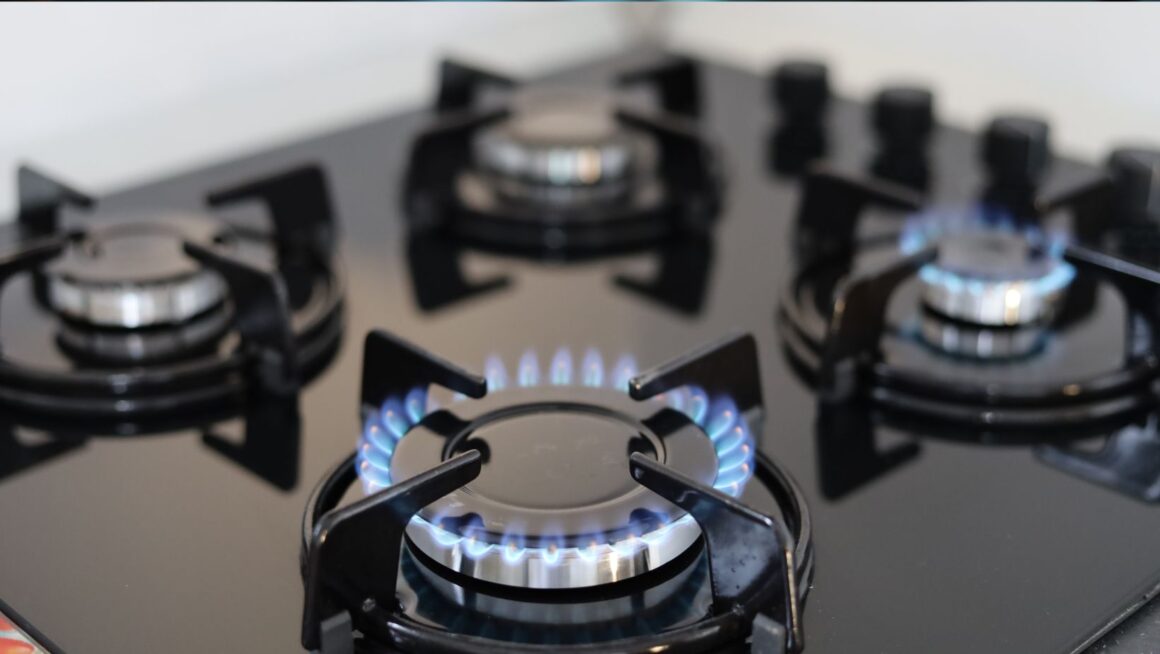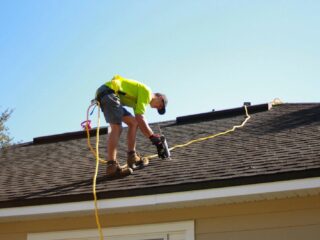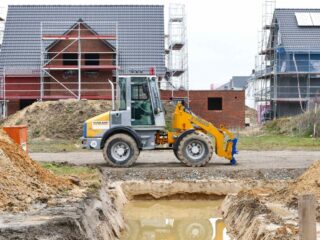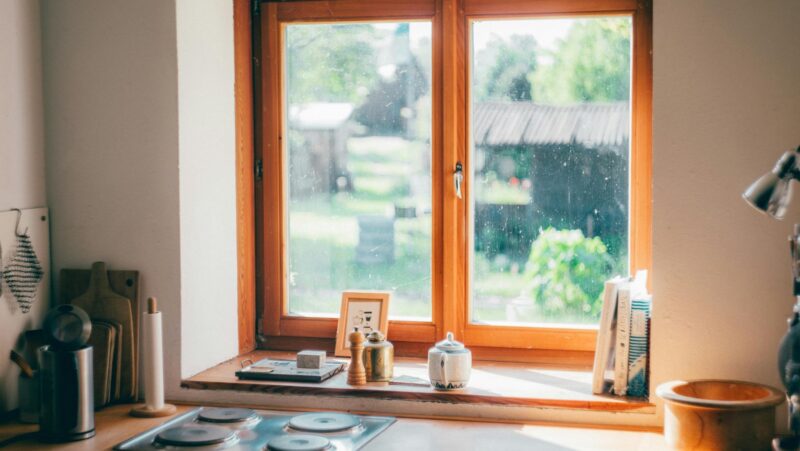
The foundations of a safe home are composed of vastly valuable components, with gas leak prevention playing an integral role. In Australia and all over the world, gas leaks present an alarming danger, with data showing that residential ones are majorly in sparking fires and tragic incidents of poisoning. The dawning of contemporary technologies now offers residents new and efficient ways to inhibit these potentially catastrophic leaks, enabling a heightened sense of security in the comfort of their homes. This comprehensive article delves into the causes, recognisable signs, efficient preventive approaches, and available professional resources to enable you in the successful safeguarding of your living spaces.
Understanding Gas Leaks and Their Risks
A gas leak arises when natural gas, typically used for multiple residential purposes, escapes unintentionally from an appliance or pipeline. Gas leaks aren’t just concerning due to the perceivable fires they can cause. Leaks can lead to an assortment of health risks, including persistent headaches, formation of blisters, a sentimental feeling of overpowering dizziness, or even worrisome nausea. Worst-case scenarios can prove fatal, due to gas not being burnt off completely, leading to carbon monoxide poisoning.
Moreover, the financial implications can be startling. Not taking action against gas leak prevention can spiral into expensive repair costs. You may also witness a hike in your utility bills as precious gas waste increases. Situations can turn quite grim if your negligence leads to any harm, damage, or injury; the following lawsuits could leave a deep dent in your financial stability.
Additionally, Australian homeowners are legally bound to ensure their gas systems are functioning securely. Regular examinations, inspections, and vigilance towards safety standards are necessary. Remember, the safety of your household won’t just happen on its own- it requires attentive care and prioritisation.
Common Causes of Gas Leaks in Residential Homes
One must understand the various gas leak origins to effectively prepare against them. Faulty appliances and inadequate gas lines are significantly accountable. Poorly maintained, weathered, end-of-life appliances such as stoves and water heaters run the risk of turning from leisure into life-threatening sources. Of equal significance is the intactness of the underlying gas pipelines. Substandard installation and lack of maintenance both serve as routes to disastrous leaks.
As infrastructure wanes with passing time, potential hazards increase. Many houses depend on dated pipes, more stained and susceptible to corrosion, making them probable sites for leaks. Plus, the wrath of natural disasters like earthquakes and hurricanes can make matters worse by disrupting the groundwork and damaging buried pipelines or exposed gas system features.
Signs and Symptoms of a Gas Leak
Identifying a gas leak in time is crucial to conserving safety. The eerie smell of rotten eggs is alerting your nose to a potential gas leak. The smell is attributed to mercaptan, an additive blended into natural gas to help detect it. An unusual hissing or whistling sound near your gas appliances can also serve as an indication of a leak.
Physiological symptoms mustn’t be overlooked. If anyone in your home experiences sudden dizziness, nausea, or light-headedness, a gas leak could be to blame. To mitigate these risks, carbon monoxide detectors prove highly beneficial. Correctly locating them on every floor, specifically near bedrooms, could potentially save lives.
Effective Prevention Tips for Homeowners
Preventive maintenance equates to gas safety. Scheduling regular checks on your gas appliances and systems could be the difference between a minor hiccup and a dreadful disaster. Recurring inspections aid in battling issues before they spiral out of control.
Professional servicing is also a wise investment. Hiring experienced professionals for setting up and maintaining your gas systems will give you peace of mind knowing that everything adheres to the latest safety protocols.

Another factor to consider is landscaping. Ensuring that tree roots are kept in check to prevent them from encroaching on underground lines could save you from unwarranted damage. Technological advancements are not far behind in this sector; smart gas detectors, installed in homes, provide real-time monitoring and alerts, offering an additional layer of protection.
Professional Help and Resources for Gas Leak Prevention
Lean towards qualified professionals to tackle your gas concerns. Engaging a licensed individual or company is a wise choice. It’s recommended to consult your local regulatory board for a list of certified professionals in your area. Also, immersing yourself in educational resources available online and offline will empower you to stay on top of your safety.
Abiding by local government regulations isn’t just about conforming legally but can really guide you into implementing practical steps to safety. Besides, many communities put forward awareness campaigns that share valuable safety information to alert residents and help cultivate a vigilant neighbourhood.
Conclusion
Conclusively, safeguarding your home from gas leaks is a noteworthy responsibility filled with preventive vigilance. Leveraging the power of technology, staying informed, and opting for professional services can drastically reduce risks linked to gas leaks. By implementing the mentioned prevention tips, homeowners establish a secure ecosystem for their loved ones. What worthier investment than the security of your family? Regular safety examines and professional consultations underline the essence of everyday gas safety.












